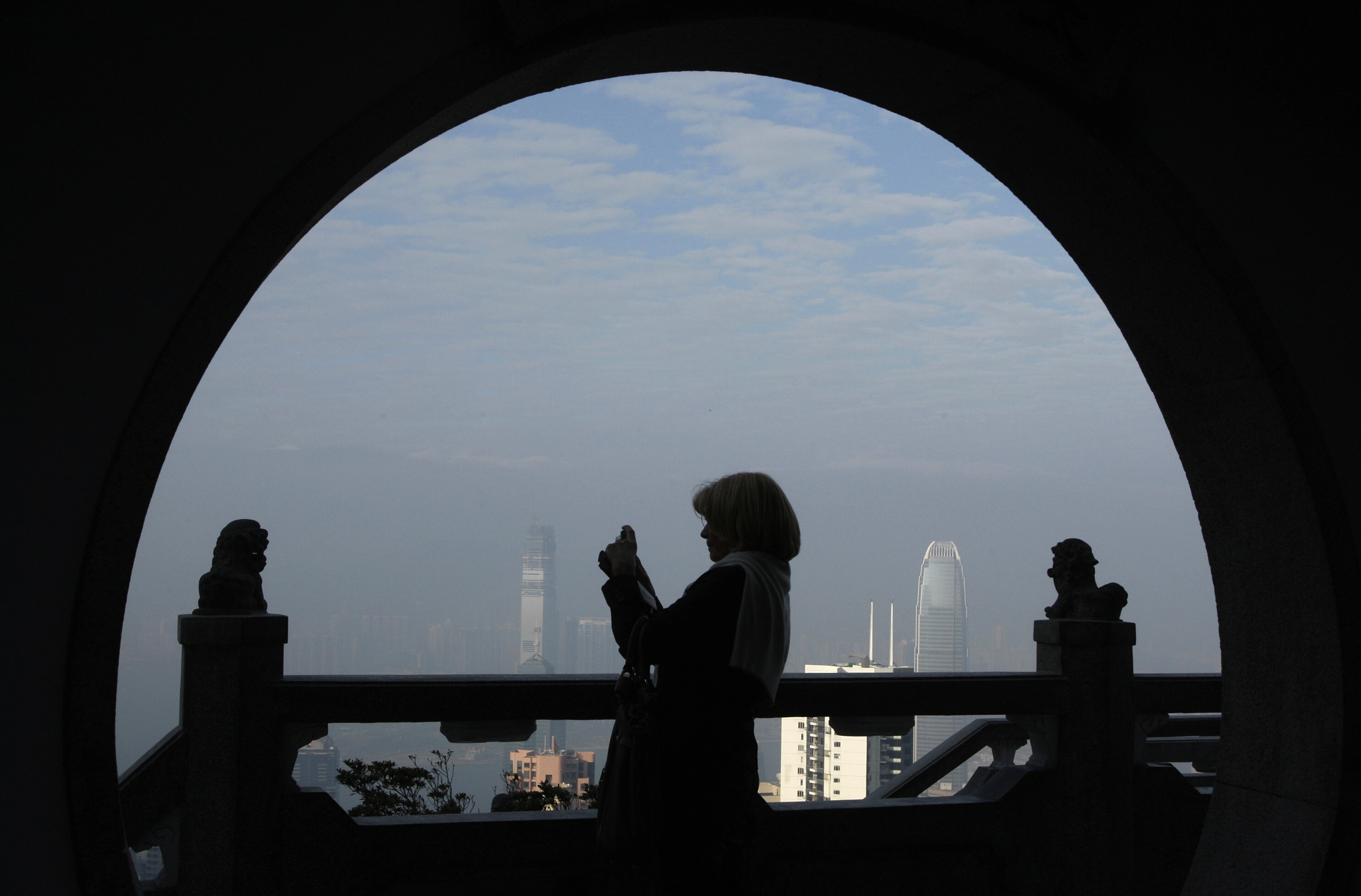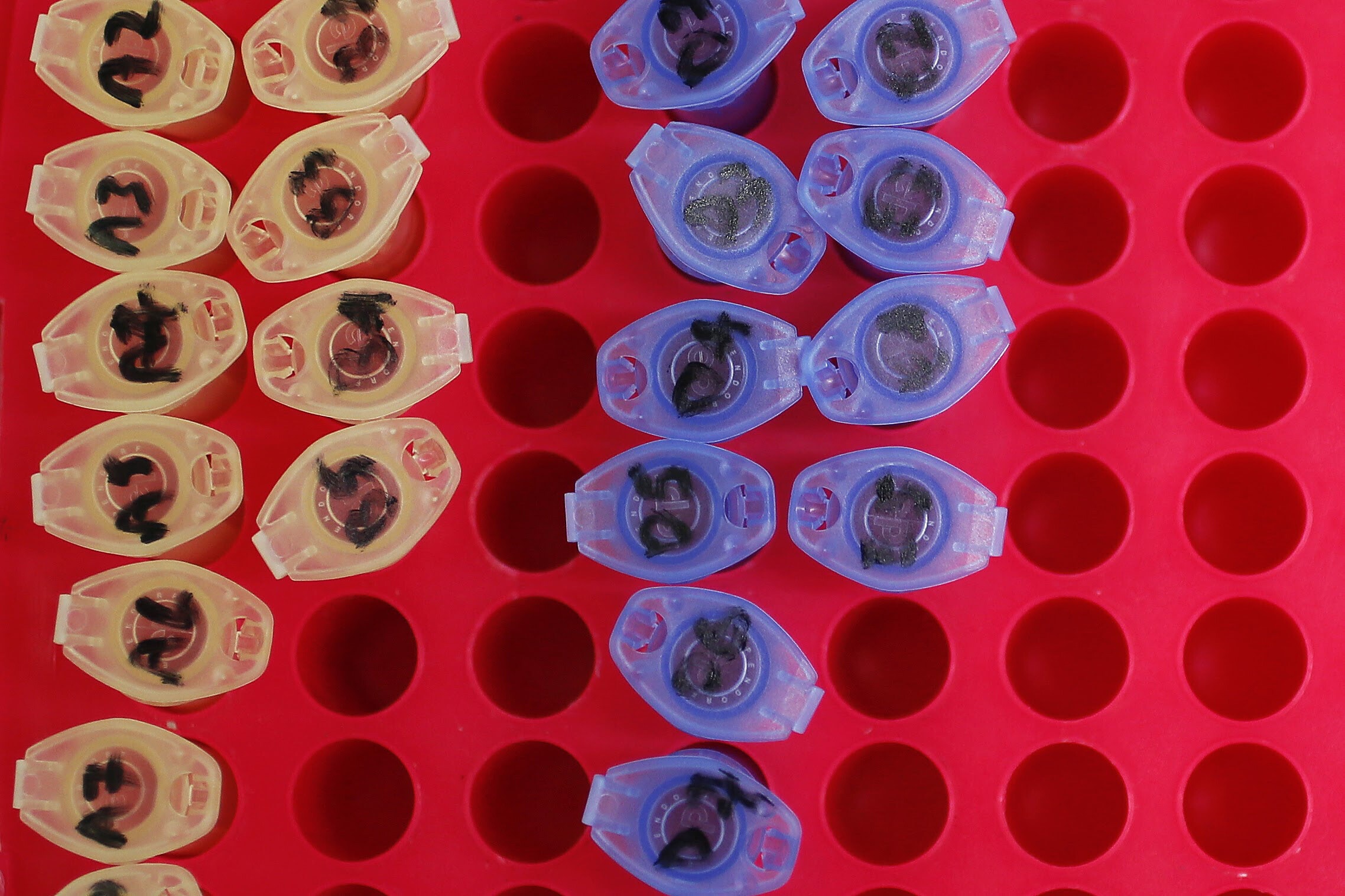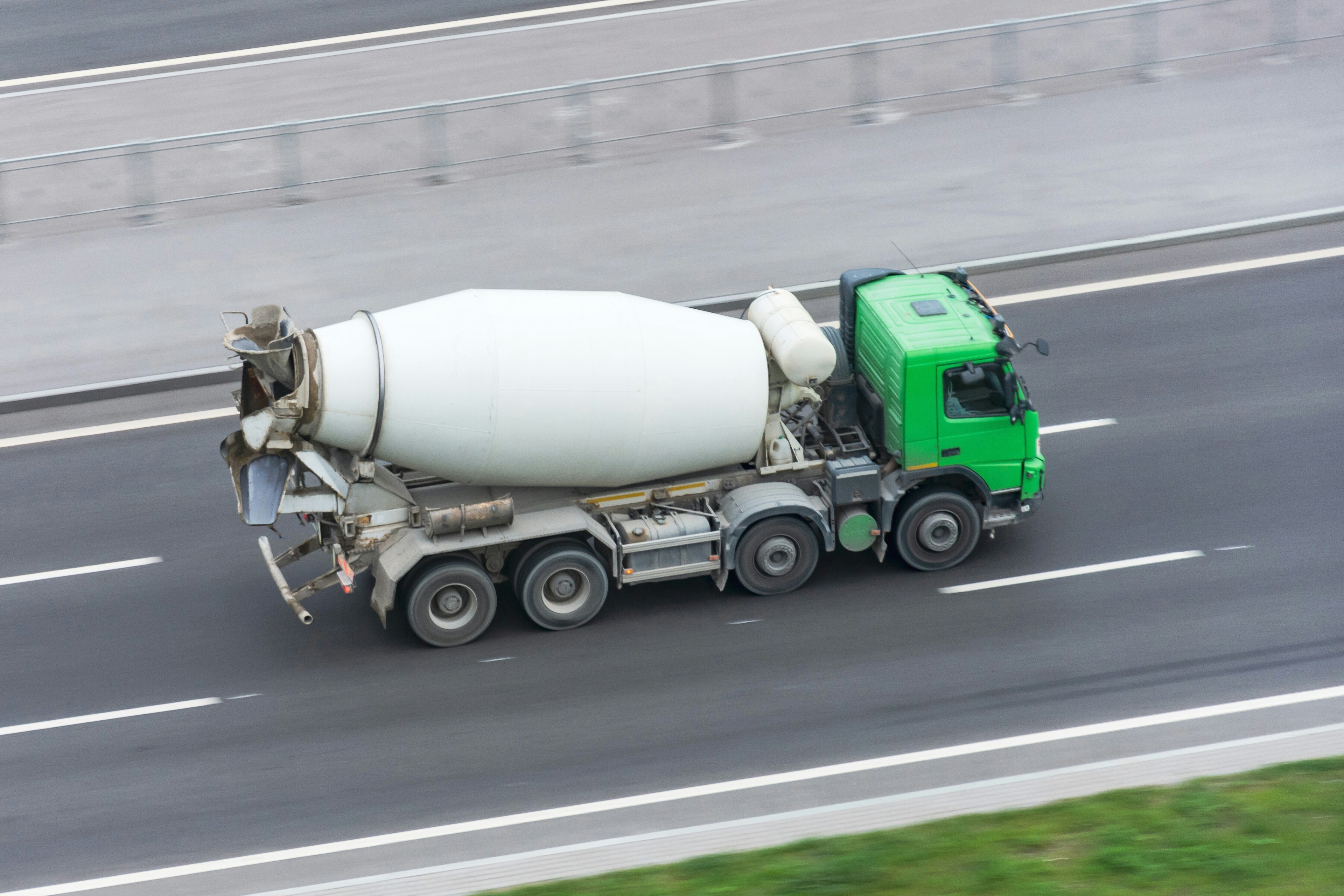How likely are riots if food prices rise?

Globally, we’re enjoying the lowest food prices in nearly five years.
But what would happen if food prices spike again, as they did eight years ago? What’s the likelihood of it leading to riots?
The answer, according to researchers from Anglia Ruskin University, is – pretty high in more than a dozen countries including Nigeria, Afghanistan, Egypt, Pakistan, South Sudan, Mali and Bangladesh.
Analyzing historical data on prices and unrest, a study the university published today found that nations facing the highest levels of political instability have a 36.7 percent likelihood of riots if cereal costs double.
“We are increasingly vulnerable,” Aled Jones, one of the authors of the study, told me. “There is no reason why this (rioting) couldn’t happen in the next two years.”
Emerging nations such as China, India and Russia face a 17.8 percent chance of riots if basic food prices double, as they did in many regions during a spike in 2007, the study said.
Britain has a five percent chance of riots under these conditions, the study said, while the most stable group of countries including Canada, Germany and Norway have no likelihood of rioting if prices double.
Interestingly, countries that are self-sufficient in food production do not face a reduced risk of food riots, the study said, highlighting that internal political stability is the most important factor preventing unrest.
High global production, low crude oil prices and limited demand from major importers including China have helped cap food prices for the past year.
But with a growing global population and climate change, many believe the era of low prices and relative stability won’t last forever.
This article is published in collaboration with the Thomson Reuters Foundation trust.org. Publication does not imply endorsement of views by the World Economic Forum.
To keep up with the Agenda subscribe to our weekly newsletter.
Author: Chris Arsenault covers global food security and agricultural politics for the Thomson Reuters Foundation.
Image: A farmer holds organic coffee beans at a coffee field in the mountains of Peru’s central jungle city of Chanchamayo August 11, 2008. REUTERS/Enrique Castro-Mendivil.
Don't miss any update on this topic
Create a free account and access your personalized content collection with our latest publications and analyses.
License and Republishing
World Economic Forum articles may be republished in accordance with the Creative Commons Attribution-NonCommercial-NoDerivatives 4.0 International Public License, and in accordance with our Terms of Use.
The views expressed in this article are those of the author alone and not the World Economic Forum.
Stay up to date:
Agriculture, Food and Beverage
Forum Stories newsletter
Bringing you weekly curated insights and analysis on the global issues that matter.







